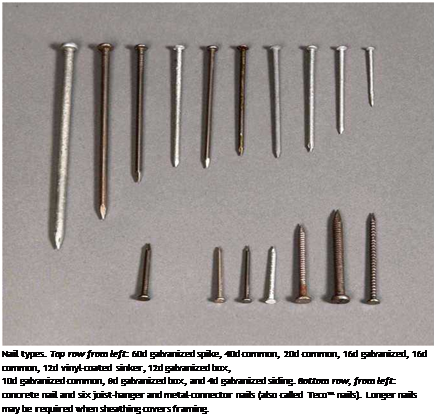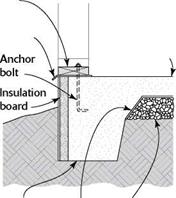United States
The requirements for SMA binders used in the United States are related to the Superpave system prevailing in the country. The basis for the selection of binders for wearing courses, in principle their functional type (performance grade [PG]), is the climate of the given area of application. So all binders have to meet the same requirements for deformation resistance, fatigue, and low temperature cracking, but they meet those limits at different temperatures that relate to the climate in various parts of the United States. In specified situations, such as low-speed traffic or very high-traffic loads, the system additionally allows increasing the upper (high temperature) grade of the binder...
read more






 structural shear walls, follow the engineer’s sp...
structural shear walls, follow the engineer’s sp...
 <30 There is a suggestion to use additional test
<30 There is a suggestion to use additional test



